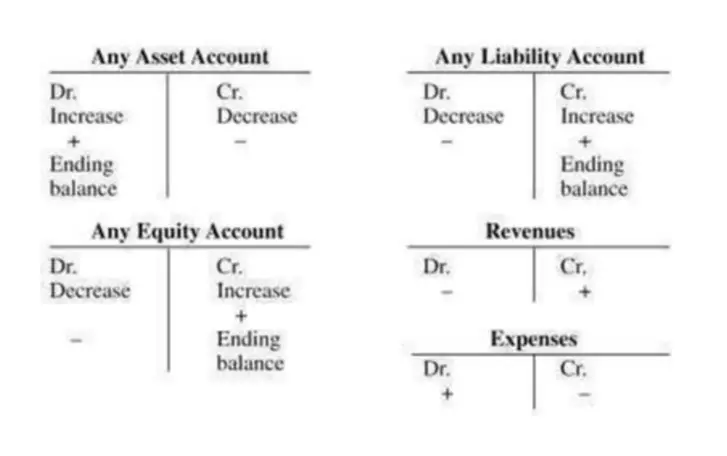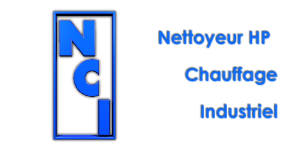Conclusion The Four Lenses Strategic Framework

Areas that are little subject to change, such as problems with order processing and fulfillment, usually belong here. The U.S. Defense Advanced Research Projects Agency has applied the framework to counterterrorism, and it is currently a key component of Singapore’s Risk Assessment and Horizon Scanning program. The fifth context, disorder, applies when it is unclear which of the other four contexts is predominant. The way out is to break the situation into its constituent parts and assign each to one of the other four realms. You should also start slow when you’re ready to get started so the process doesn’t stall. Focus on decisions that have major strategic importance or cut across many parts of the organization. Relying on a framework for every single decision is overkill; they should be reserved for important decisions that impact a large swath of the organization.
This article aims to identify crucial crossroads in the management of a project and to provide a visual representation of knowledge involved into a system of project components and decisions. In this roundup, we’ve gathered six time-tested tools, frameworks and principles for making high-quality decisions at fast-moving startups. They include strategies for distilling the information needed to make a decision, testing potential solutions and reconciling clashing perspectives. We hope they’ll help take the dread out of decision-making and lend you clarity on choices that can drive your startup forward. The types of strategic management strategies have changed over time.
Need more decision-making tools?
The decision should then reflect these chosen values and not every value significant for each individual of the group. Focus on the most relevant and most recently available information. The most relevant, meaningful, and latest information will steer you towards the right decision. These are the questions that need to be answered before handing over decision making framework the responsibility of a decision to an individual or a group of individuals. These are all the possible choices that you have, and you can start eliminating the wrong choices from here. A framework is essential for decision-making as this makes your task all cut out and easy for you to arrive at a decision-making framework that best suits you.
- We created a game played on a fictional planet that was based on the culture of a real client organization.
- They found that AI capabilities and constraints, economic arrangements and AI, organizational units and AI, personnel, sectors, and AI, and AI laws and morals are the crucial parts of the AI business model.
- The goal of such games is to get as many perspectives as possible to promote unfettered analysis.
- From day to day, hour to hour, we think about how important each decision is and how much time it’s worth taking.
- Leaders in this context need to probe first, then sense, and then respond.
In such cases, AI can be used to generate possibilities from whom individuals can select the best one depending on the supplementary information available. https://quickbooks-payroll.org/ The order in which such operations are carried out is case-specific. Human judgment can also be used as an input to AI processing in some situations.
Search form
In this article, we focus on the first four contexts, offering examples and suggestions about how to lead and make appropriate decisions in each of them. Since the complex domain is much more prevalent in the business world than most leaders realize—and requires different, often counterintuitive, responses—we concentrate particularly on that context. Leaders who understand that the world is often irrational and unpredictable will find the Cynefin framework particularly useful. Many executives are surprised when previously successful leadership approaches fail in new situations, but different contexts call for different kinds of responses.
As a business owner, it’s your responsibility to make decisions that will help your company survive, grow and thrive. Leading a team, board or company to success involves making critical decisions, giving sound advice, and evaluating the decisions of others. However, in fast-changing business environments, managers must often make decisions under severe time constraints and with insufficient information. In these situations, if they rely only on habitual problem-solving techniques and intuition, they can fall prey to unconscious biases that hinder their ability to make the best decisions. Good leadership requires openness to change on an individual level. Truly adept leaders will know not only how to identify the context they’re working in at any given time but also how to change their behavior and their decisions to match that context. They also prepare their organization to understand the different contexts and the conditions for transition between them.
strategic management
The founders of eBay, for example, created barriers by establishing a simple set of rules. Among them are pay on time, deliver merchandise quickly, and provide full disclosure on the condition of the merchandise. Participants police themselves by rating one another on the quality of their behavior. In a complex context, however, right answers can’t be ferreted out. It’s like the difference between, say, a Ferrari and the Brazilian rainforest. Ferraris are complicated machines, but an expert mechanic can take one apart and reassemble it without changing a thing. The rainforest, on the other hand, is in constant flux—a species becomes extinct, weather patterns change, an agricultural project reroutes a water source—and the whole is far more than the sum of its parts.

A SWOT analysis identifies and compares the strengths and weaknesses of an organization with the external opportunities and threats of its environment. The SWOT analysis clarifies the internal, external and other factors that can have an impact on an organization’s goals and objectives. Strategic management is based around an organization’s clear understanding of its mission; its vision for where it wants to be in the future; and the values that will guide its actions.
Posted in: Bookkeeping
Leave a Comment (0) →